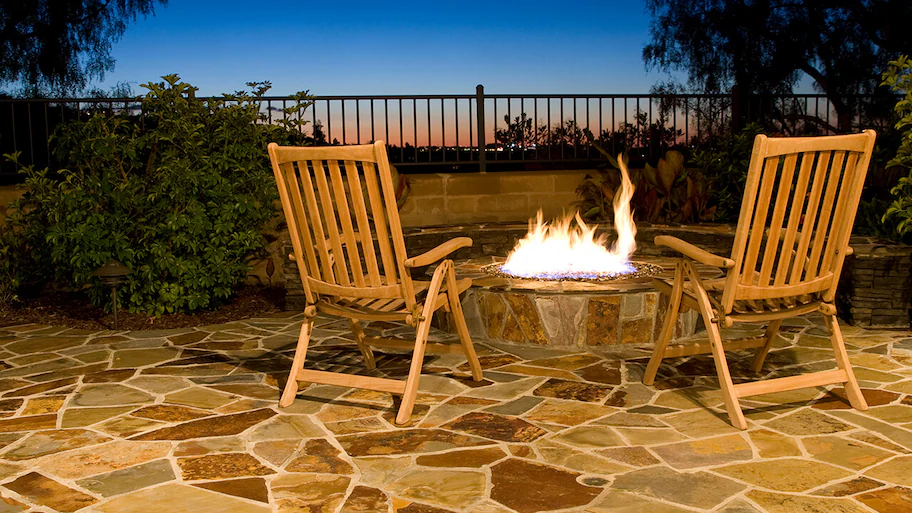
Sunshine Pools and Patios
Sunshine Pools and Patios
At Sunshine Pools and Patios, we take great pride in our experience, expertise, quality and the customer service that we provide to meet the consumers needs. It is our mission to provide excellent workmanship and complete customer satisfaction from start to completion of a project. In order to understand the needs and expectations of our customers, we take great care to work and communicate with every customer in a professional manner. Our reputation is based on service, safety and quality, regardless of how large or small the job.
"Jim/Jane/Cody/Alex and their entire crew were just tremendous to work with. They built a beautiful pool and patio for us and we couldn’t be happier!"
Jerid L on August 2024
At Sunshine Pools and Patios, we take great pride in our experience, expertise, quality and the customer service that we provide to meet the consumers needs. It is our mission to provide excellent workmanship and complete customer satisfaction from start to completion of a project. In order to understand the needs and expectations of our customers, we take great care to work and communicate with every customer in a professional manner. Our reputation is based on service, safety and quality, regardless of how large or small the job.
"Jim/Jane/Cody/Alex and their entire crew were just tremendous to work with. They built a beautiful pool and patio for us and we couldn’t be happier!"
Jerid L on August 2024














